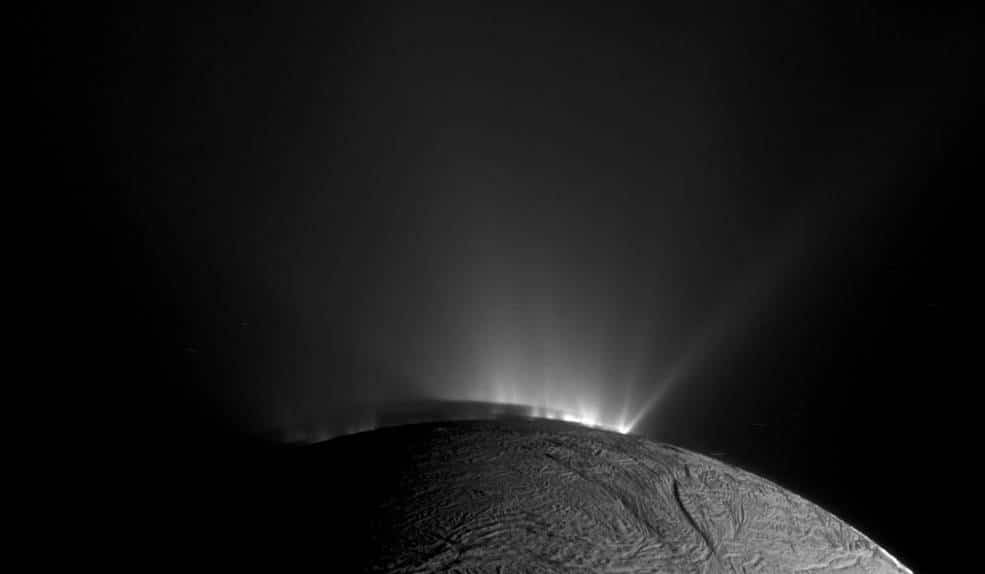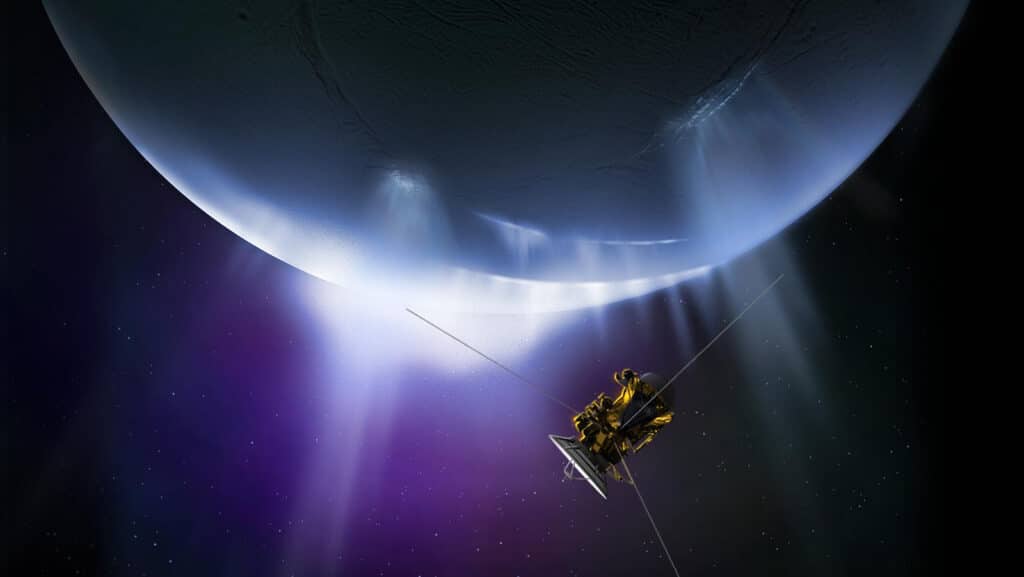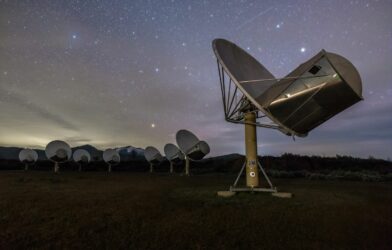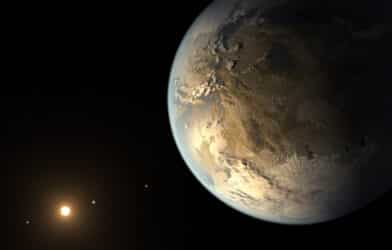NASA scientists have made a remarkable discovery in their quest to locate extraterrestrial life. A new study identifies 17 exoplanets, located far beyond our solar system, that might be harboring vast oceans beneath their icy surfaces. This research suggests that these distant worlds have the potential for liquid water, a fundamental ingredient for life, shielded under layers of ice.
An exoplanet is a planet located outside our solar system. The study focuses on these distant worlds, which could have oceans similar to those found under the ice crusts of Jupiter’s moon Europa and Saturn’s moon Enceladus in our solar system. These moons are warmed by tidal forces from their planets and neighboring moons, suggesting a similar possibility for exoplanets.
“Our analyses predict that these 17 worlds may have ice-covered surfaces but receive enough internal heating from the decay of radioactive elements and tidal forces from their host stars to maintain internal oceans,” says Dr. Lynnae Quick, from NASA’s Goddard Space Flight Center, in a statement.
Exoplanet Geysers: A Window into Alien Oceans
One of the most intriguing aspects of this study is the prediction of geyser-like eruptions on these exoplanets. These geysers could periodically burst through the ice crust, providing a potential observable feature for scientists. “Thanks to the amount of internal heating they experience, all planets in our study could also exhibit cryovolcanic eruptions in the form of geyser-like plumes,” explains Quick.
The study also marks the first time estimates of geyser activity on exoplanets have been made. This geyser activity is not just a spectacle but could provide crucial information about the conditions beneath the ice.
The research team, funded by NASA’s Habitable Worlds Program, the University of Washington’s Astrobiology Program, and the Virtual Planetary Laboratory, used Europa and Enceladus as models to estimate the surface temperature and internal heating of these exoplanets. They predict that the ice shells on these exoplanets range from a few hundred feet to several miles thick, with geyser activity potentially hundreds to thousands of times greater than Europa’s.

Detection of these geysers is possible when an exoplanet passes in front of its star. “Sporadic detections of water vapor in which the amount of water vapor detected varies with time, would suggest the presence of cryovolcanic eruptions,” says Quick.
For planets like Proxima Centauri b, which do not cross their stars from our perspective, powerful telescopes could detect geyser activity by measuring the light reflected by the exoplanet. The expelled icy particles from geysers would make the exoplanet appear brighter and more reflective.
This fascinating study not only broadens the scope of habitable worlds in the universe but also opens new doors in the ongoing quest to find extraterrestrial life. By focusing on these distant, icy worlds, NASA is taking significant steps forward in understanding the vast and varied conditions under which life might exist beyond our planet.
The research is published in the Astrophysical Journal.












Unless there are new Space Age ethics and civil laws against harming relatives (Ahimsa or non-violence rules), humanity is likely to harm any life on exoplanets, for as long as we see ourselves as seperate from the tree of life. Currently we are sawing off the branch we are sitting on. Unsustainable marauders and pirates, instead of respected caretakers and stewards. An economy of Blind Freddie’s heading for abyssville.
How we treat Earth are our economic, moral and scientific credentials.